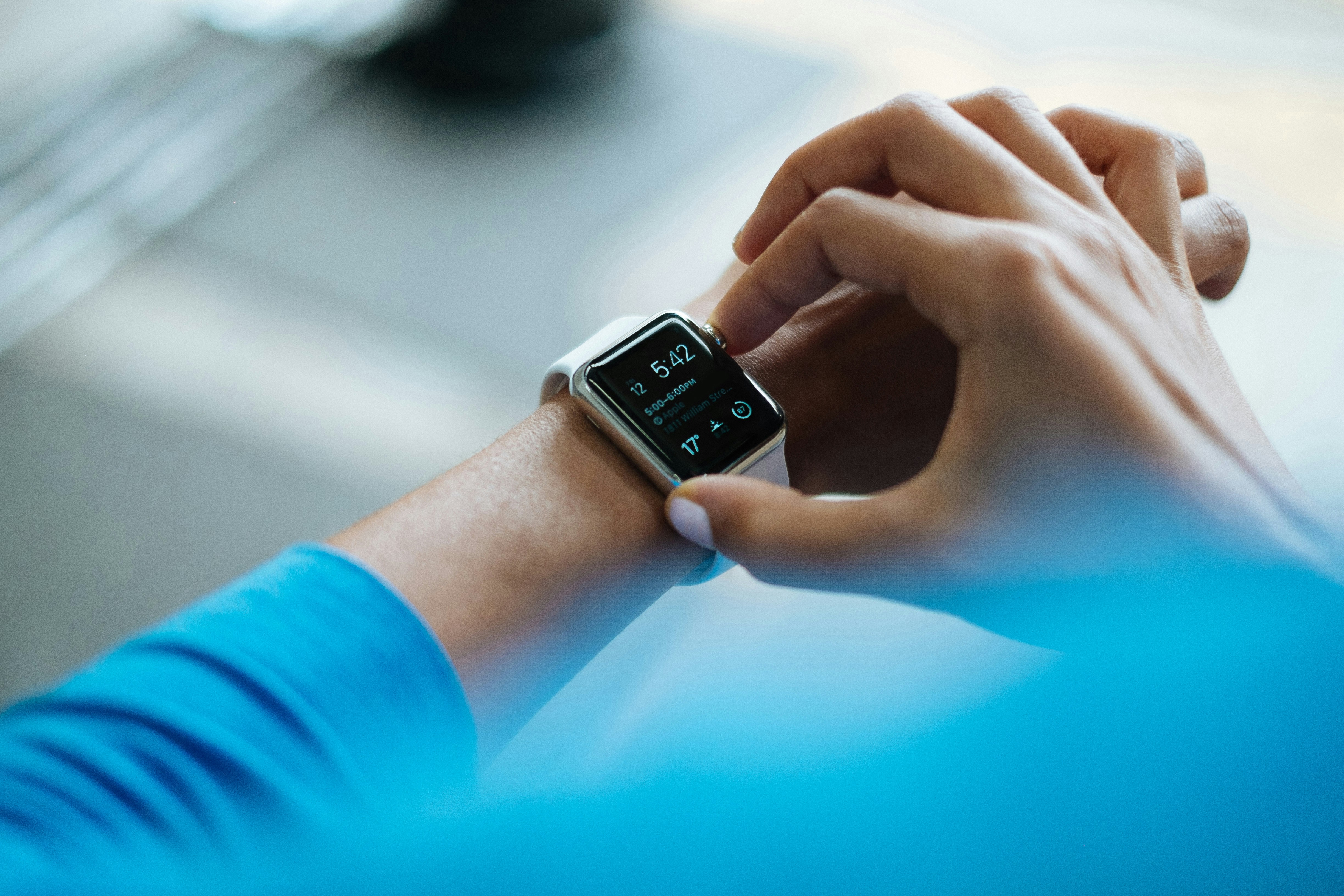Fitness App Design


Overview
Overview
Overview
The fitness app project was launched to provide users with a comprehensive and personalized fitness experience. With the rising popularity of digital health and wellness solutions, the goal was to create an app that catered to a wide range of fitness levels and goals. The app was designed to offer personalized workout plans, nutrition guidance, progress tracking, and a supportive community, all within a user-friendly and engaging interface.
Approach
Approach
Approach
The approach to developing the fitness app was systematic and user-centric, beginning with extensive research to understand the target audience’s needs and preferences. Surveys, interviews, and focus groups were conducted with fitness enthusiasts, trainers, and health experts to gather valuable insights. This research phase helped identify the essential features and functionalities that users desired in a fitness app.
About
The fitness app was designed to address the growing demand for convenient and personalized fitness solutions. At its core, the app aimed to provide a holistic fitness experience by integrating various aspects of health and wellness into a single platform.
Personalization was a key feature, with users receiving tailored workout plans based on their fitness levels, goals, and preferences. The app utilized algorithms to create dynamic workout routines that adapted to users’ progress, ensuring they remained challenged and motivated. Video tutorials and step-by-step instructions were included to guide users through each exercise, promoting proper form and reducing the risk of injury.
Nutrition tracking was another crucial component, allowing users to log their meals and receive personalized dietary recommendations. This feature helped users balance their caloric intake and ensure they were fueling their bodies appropriately for their fitness goals.
Progress tracking tools enabled users to monitor their improvements over time, with visual charts and milestones providing motivation and a sense of achievement. The social features, including challenges, leaderboards, and community forums, fostered a supportive environment where users could share their journeys, motivate each other, and build a sense of community.
Accessibility was also a priority, with the app designed to be mobile-friendly and compatible with various devices, ensuring users could access their fitness plans anytime, anywhere. Integration with wearable devices and fitness trackers further enhanced the user experience by providing real-time data and insights.
Overall, the fitness app project combined innovative technology with user-centered design to create a comprehensive and engaging fitness solution. By addressing the diverse needs of modern fitness enthusiasts, the app successfully provided a platform that promoted health, wellness, and community, empowering users to achieve their fitness goals.
The fitness app was designed to address the growing demand for convenient and personalized fitness solutions. At its core, the app aimed to provide a holistic fitness experience by integrating various aspects of health and wellness into a single platform.
Personalization was a key feature, with users receiving tailored workout plans based on their fitness levels, goals, and preferences. The app utilized algorithms to create dynamic workout routines that adapted to users’ progress, ensuring they remained challenged and motivated. Video tutorials and step-by-step instructions were included to guide users through each exercise, promoting proper form and reducing the risk of injury.
Nutrition tracking was another crucial component, allowing users to log their meals and receive personalized dietary recommendations. This feature helped users balance their caloric intake and ensure they were fueling their bodies appropriately for their fitness goals.
Progress tracking tools enabled users to monitor their improvements over time, with visual charts and milestones providing motivation and a sense of achievement. The social features, including challenges, leaderboards, and community forums, fostered a supportive environment where users could share their journeys, motivate each other, and build a sense of community.
Accessibility was also a priority, with the app designed to be mobile-friendly and compatible with various devices, ensuring users could access their fitness plans anytime, anywhere. Integration with wearable devices and fitness trackers further enhanced the user experience by providing real-time data and insights.
Overall, the fitness app project combined innovative technology with user-centered design to create a comprehensive and engaging fitness solution. By addressing the diverse needs of modern fitness enthusiasts, the app successfully provided a platform that promoted health, wellness, and community, empowering users to achieve their fitness goals.



About
About
The fitness app was designed to address the growing demand for convenient and personalized fitness solutions. At its core, the app aimed to provide a holistic fitness experience by integrating various aspects of health and wellness into a single platform.
Personalization was a key feature, with users receiving tailored workout plans based on their fitness levels, goals, and preferences. The app utilized algorithms to create dynamic workout routines that adapted to users’ progress, ensuring they remained challenged and motivated. Video tutorials and step-by-step instructions were included to guide users through each exercise, promoting proper form and reducing the risk of injury.
Nutrition tracking was another crucial component, allowing users to log their meals and receive personalized dietary recommendations. This feature helped users balance their caloric intake and ensure they were fueling their bodies appropriately for their fitness goals.
Progress tracking tools enabled users to monitor their improvements over time, with visual charts and milestones providing motivation and a sense of achievement. The social features, including challenges, leaderboards, and community forums, fostered a supportive environment where users could share their journeys, motivate each other, and build a sense of community.
Accessibility was also a priority, with the app designed to be mobile-friendly and compatible with various devices, ensuring users could access their fitness plans anytime, anywhere. Integration with wearable devices and fitness trackers further enhanced the user experience by providing real-time data and insights.
Overall, the fitness app project combined innovative technology with user-centered design to create a comprehensive and engaging fitness solution. By addressing the diverse needs of modern fitness enthusiasts, the app successfully provided a platform that promoted health, wellness, and community, empowering users to achieve their fitness goals.
